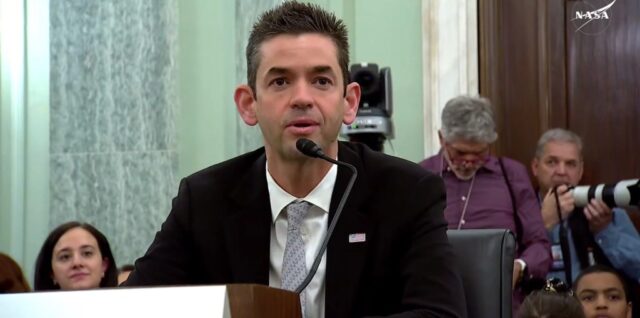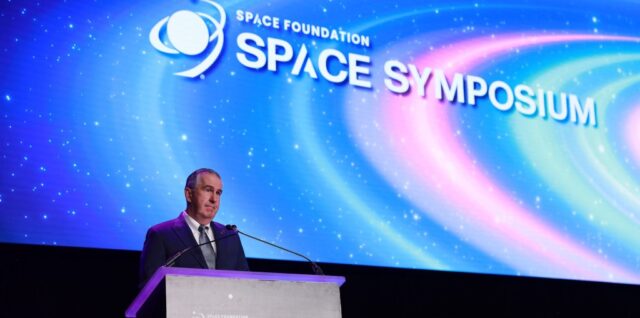Signals from Space Symposium: A trillion-dollar defense budget

Our guest today is Kari Bingen, senior fellow at the Defense and Security Department at the Center for Strategic and International Studies. She sits down with Chief Content and Strategy Officer Mike Gruss, to break down the latest news and insights from the Symposium focusing on defense. The post Signals from Space Symposium: A trillion-dollar defense budget appeared first on SpaceNews.










